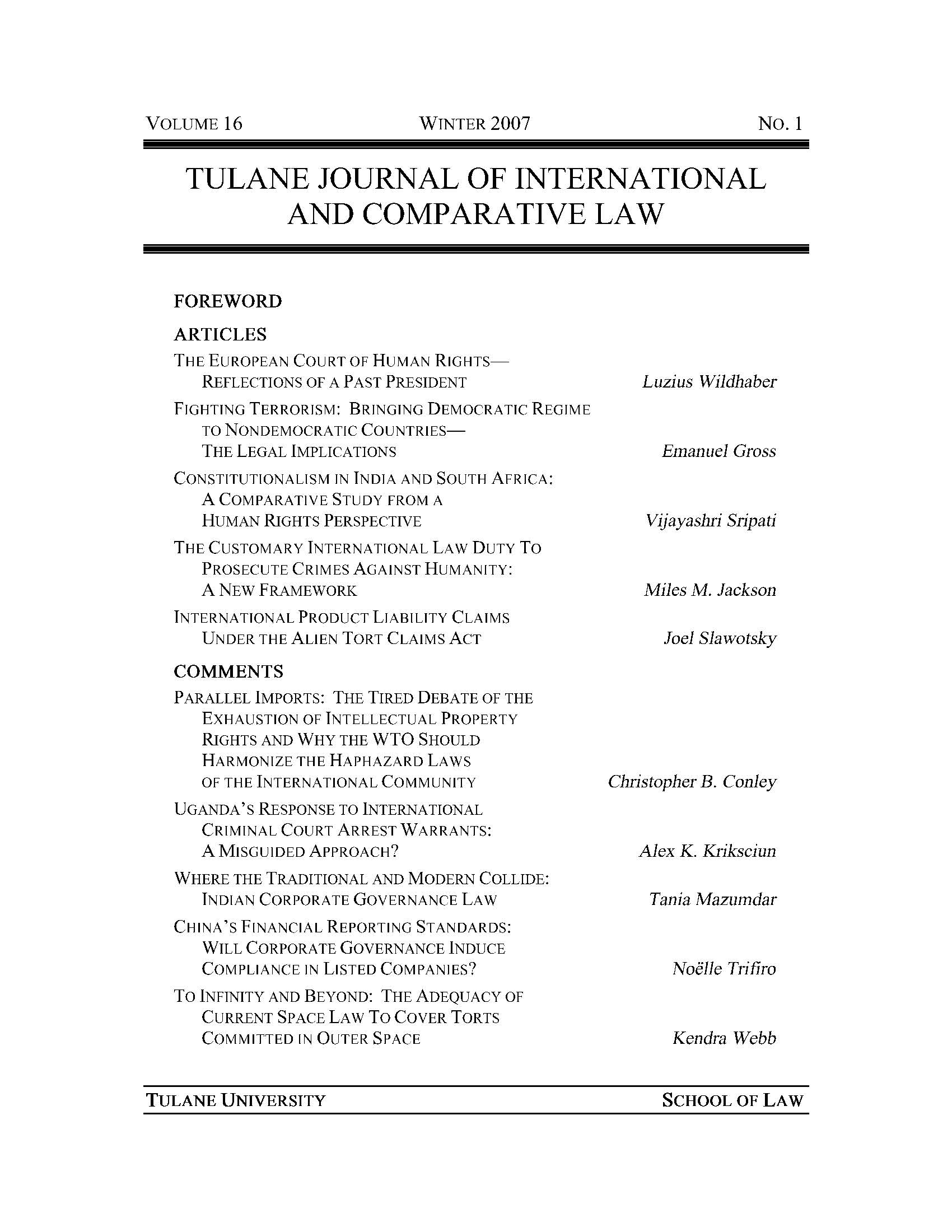Constitutionalism in India and South Africa: A Comparative Study from a Human Rights Perspective
Abstract
This Article examines and compares, from a human rights perspective, both the
constitution-making processes and the bills of rights of the Indian and the South African
constitutions. The emphasis in this study is on the making of constitutions. It examines the impact
of the radically divergent processes by which these constitutions were forged on their contents and
the different international landscapes amidst which those processes occurred. This Article’s
overarching thematic argument is that a constitution can advance constitutionalism in four critical
ways: (1) by defining the nature of the state, including a broad equality provision; (2) by
addressing social oppression and past injustices; (3) by defining property and land rights; and
(4) by defining social and economic rights. It compares how the framers in India and South Africa
used the framework of rights to achieve these tasks and highlights the Indian influences on the
South African Bill of Rights.
While the Indian Constitution was conceived and drafted before the adoption in 1948 of the
Universal Declaration of Human Rights (UDHR), the South African Constitution was adopted in
1996, at the peak of the modern international human rights movement. The Indian Constitution
was forged by an elitist process whereas the South African constitution was the product of a
sharply participatory process. While this Article applauds South Africa for its participatory
constitution-making, it draws on the Indian experience to challenge the premise that a constitution’s
legitimacy hinges on popular participation, arguing that this bit of accepted wisdom needs to be
viewed critically.
